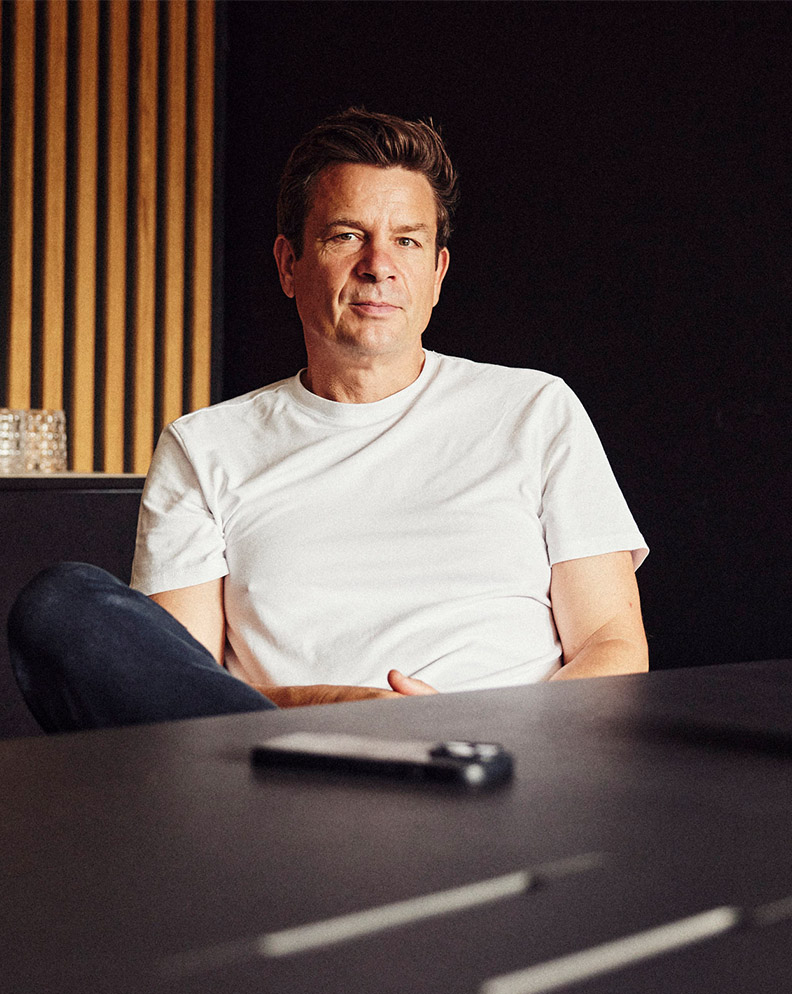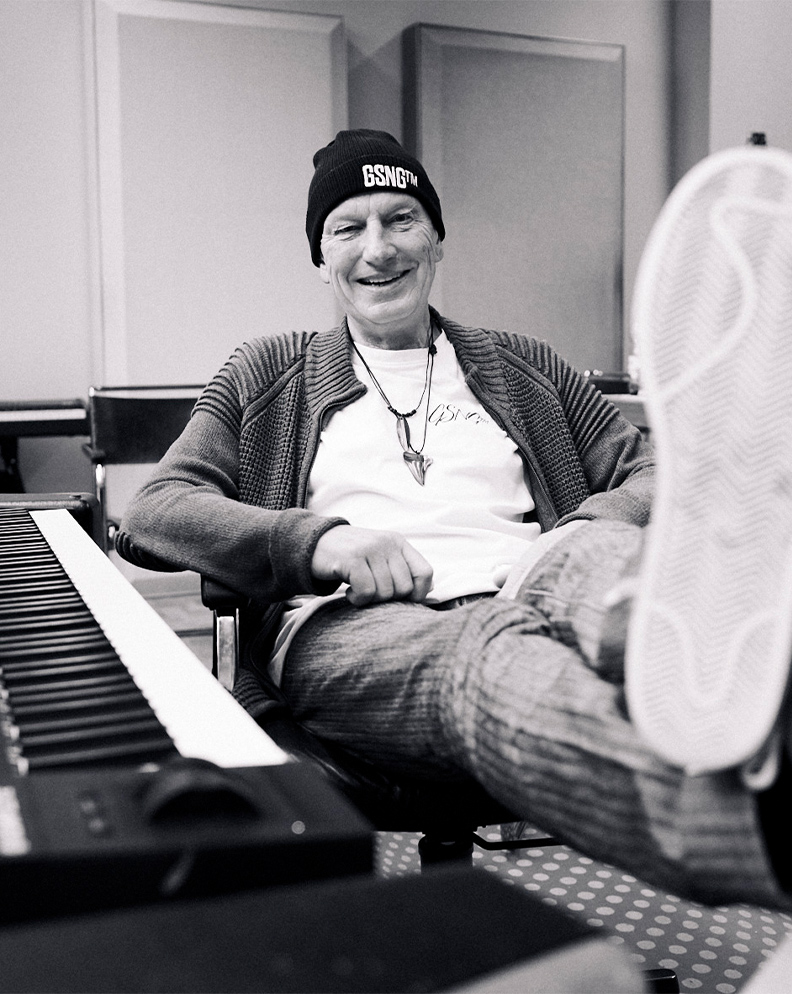THE TWO PERCENT RULE.
AN INTERVIEW WITH DANILO SILVESTRIN.
Interview: 2030 / Paul Wagner
Danilo Silvestrin has style, attitude and humour, but above all, the Italian designer has incredibly good stories to tell. During our conversation, the native of Bolzano humbly thanked chance, providence, fate, call it what you will, which again and again brought him together with important people in contemporary history who shaped him. He was there by chance, providence, fate, when Ferruccio Lamborghini started up his first racing car engine, when Günther Uecker came up with the Creamcheese..., when Yves Klein..., when Pierre Mendell..., when the BMW ART CAR concept... Oh, just read for yourself. Incredible.
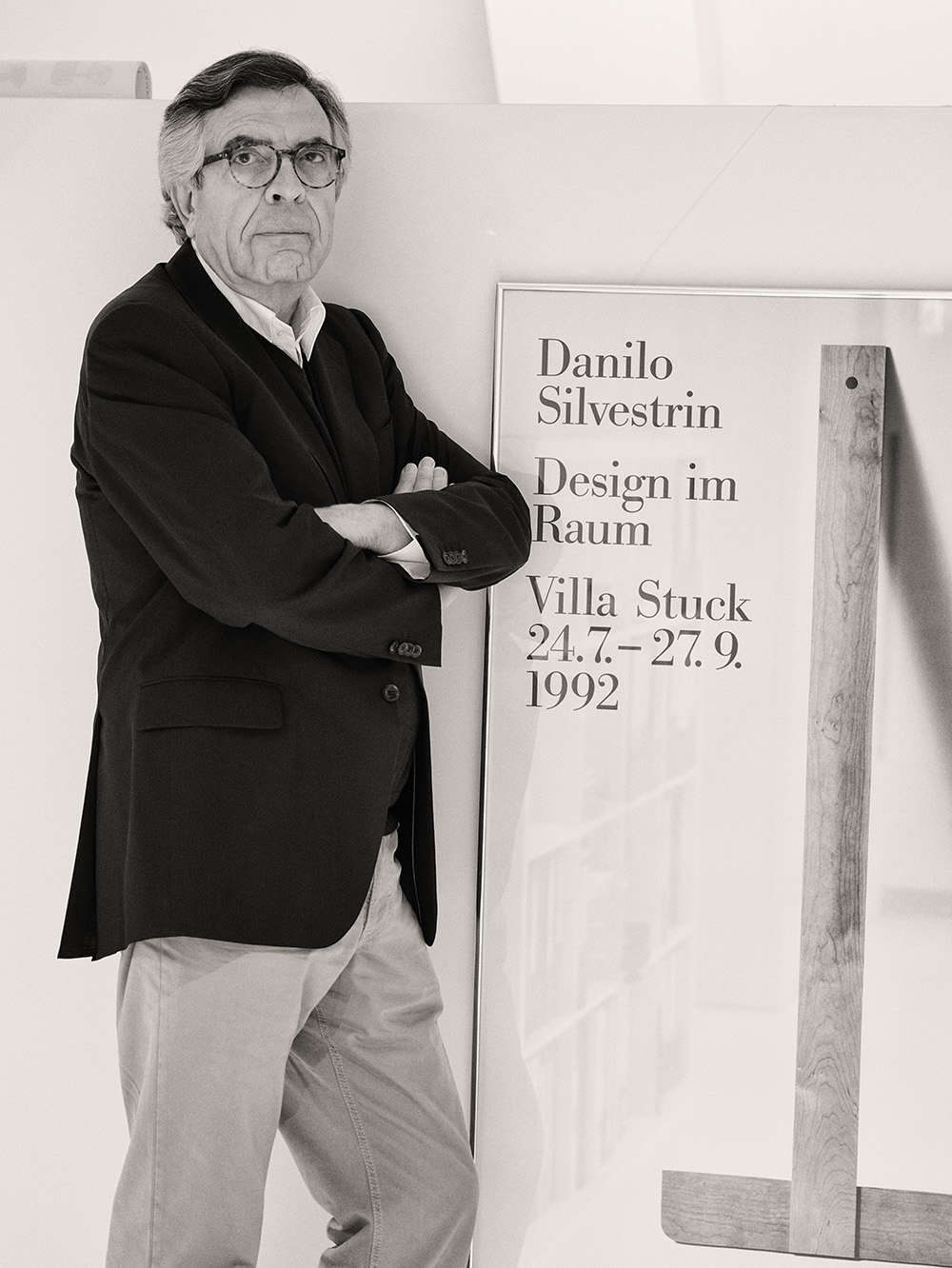
Photo: Daniel Breidt
Mr. Silvestrin, you’re an architect, interior designer, designer, artist. As someone who has always been concerned with form, tension, reducing to the basics, the will to create, how do you endure setting foot in this ugly world day after day?
Mr. Wagner, this problem has always existed. And not only in the fields of design or architecture. If you like to eat well or appreciate good wine, you know that there are always a few who play in a different league. Always. There’s an old law, the two percent rule. It says that in all fields, whether someone is a chef, a racing driver, a footballer or an architect, there are at most two percent who are really good. These are the ones that shape the times. The remaining 98 percent are followers. Some run better, some hobble along terribly. It has always been this way. And it will always be so. To come back to your question: Yes, it's hard, but you have to live with that 98 percent somehow. Let’s say there are 1000 architects in Munich, just for example, I never believe that 20 of them are absolutely top. Never. You see, even saying a harmless two percent is dangerously optimistic ...
Is the 98 percent a German situation?
The number itself is the same everywhere, but there are cultures in which the 98 percent can handle aesthetics a little better. An example from my biography: when I was a child in Italy, visiting my relatives in the countryside, it was a joy to see how these simple workers, craftsmen, peasants were dressed on Sunday. Everyone like a god. True aesthetes with a sense for beauty! The Italians certainly have the talent for dealing with aesthetic things a little better than the Germans. Germans are very practical, have their order, their strictness, their values. Italians are connoisseurs, they have the ability to create an aesthetic of everyday life. For them, a dining table is an altar on which they pays homage to life and community. The coffee must taste simply terrific, and the spaghetti too, of course. The ability to take pleasure in small things is very strong. Germans always looks much further into the distance and in every situation..
Can one learn style?
No.
Oh? Why not?
You can't learn art either. You might be able to improve your knowledge of art and cultural history, but that does not make you an artist. You have to have art in your blood. Style too.
But isn’t a sense of style culturally predetermined?
Yes, to a certain extent. The unbelievable sense that Africans have for colour, the splendid garments that the women there wear, the coherence of the whole, that has developed and is detached from an individual style development. But whether someone can then create their very own style or not is decided by gut feeling. You either have it or you don't. There’s no doubt about it!
For you, conceiving, creating and designing a house from its external form down to the smallest detail is the supreme discipline of architecture. It sounds a bit totalitarian. Do you also have the aspiration that the overall work of art of the house will continue with the person who lives in it afterwards? How is it supposed to change?
Ahhhh ... the people I work for are already aesthetes, in part even great aesthetes. They usually watch over every detail of the house over many decades. If changes are necessary at some point, for example to add a banister for safety reasons, they call me in. So that the balance of the building is maintained as result of the modification. Recently, the owner of a house I built in Sardinia over 30 years ago flew me in to design just such a railing as he had become too old for open stairs without a handrail. I’m happy to do that, although I’m certainly not a fan of railings (laughs). My houses are more an expression of the clients' personalities than the owners having to submit to my design. Only in one case did a building slip away from me later. It was one of my most important projects, perhaps the most important project of all for me personally, but unfortunately it has now been destroyed. The project was the reason why I came to Munich in the early 70s. The interior design of a private villa. During my time in Düsseldorf, through a series of coincidences, I was Günther Uecker's assistant and slipped right into the middle of the ZERO group. So I asked Günther Uecker, Heinz Mack, Adolf Luther, Winfred Gaul and also Gerhard Richter if they would design the house with me and they all agreed. Richter, for example, painted a large wall with a painting that reflected the garden. It was a fantastic house with objects of unimaginable value at today's market prices and great art. It was ... unfortunately it no longer exists... Other projects of mine continue. In New York, for example.
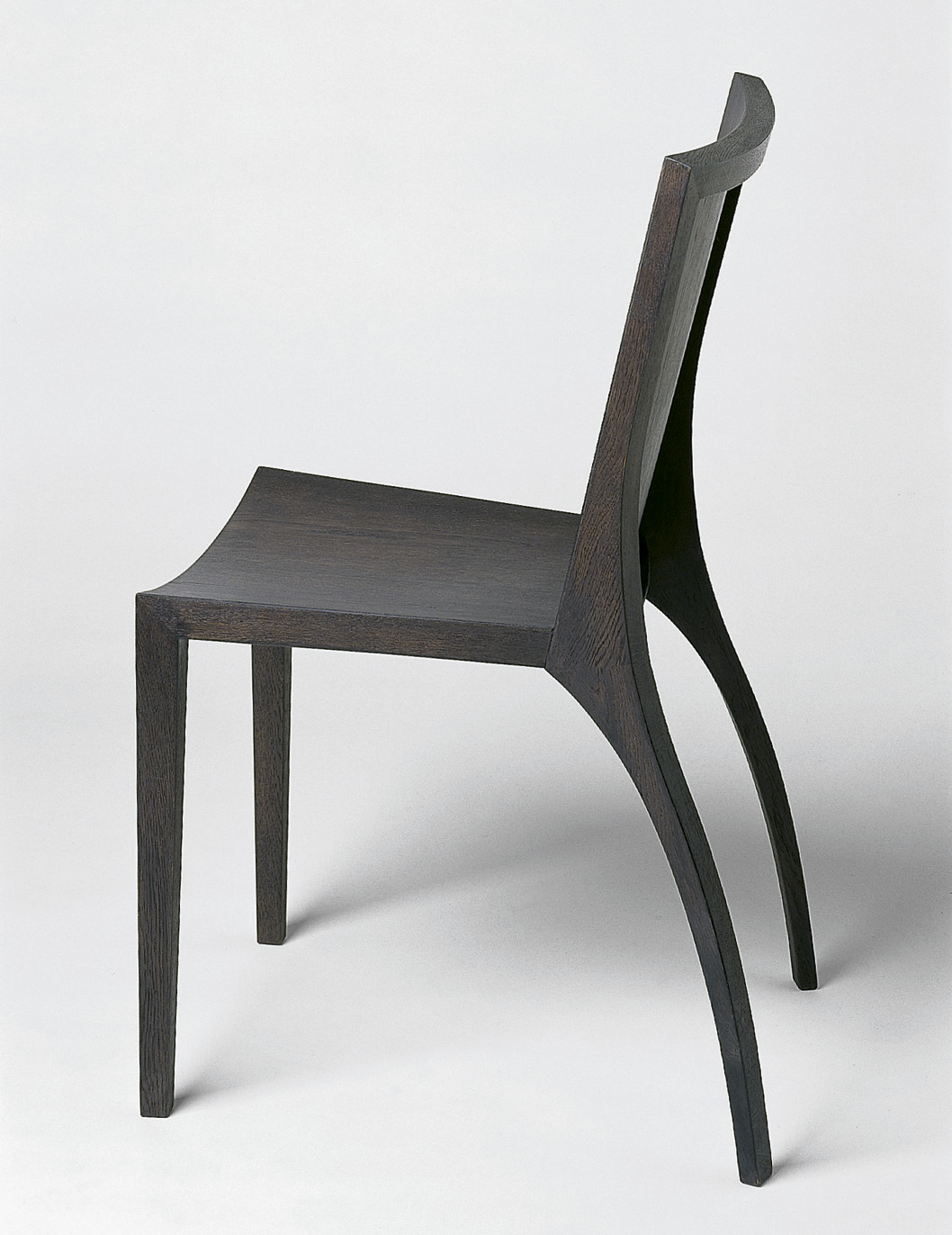

How do you manage to maintain tension in a building?
Something like that doesn't happen in ten minutes, obviously. But basically it's relatively simple. It's a process, the rooms have to be coherent, the sight lines have to be well defined, then come the details: Where do I open the structure? Where, for example, can I accentuate or shift things through art? This is how a project develops. Time plays an important role. For a house that was recently finished, I had six years. There was no pressure, just the desire of the client to build something great. We worked really slowly with models and patterns, calmly examining and selecting marble blocks in Affi near Verona. The fittings, fixtures, doors, furniture, the lift, everything about this house is unique, everything is coordinated. Every detail has been made just for this house. It is clear that not everyone can afford it, but the decisive factor for me is not the money, but whether someone can appreciate the joy that such a project brings.
The Düsseldorf of the 60s plays a very important role for you. Earlier, you mentioned the ZERO group that you lived and worked with. These are artists whose work is exhibited in the world's great museums today and traded expensively at auctions. What kind of energy was there back then?
My life is characterised by the incredible luck of having met interesting and inspiring people at the right time. While still a student, I was introduced to the architecture professor Werner Ruhnau in New York. At that moment I didn’t have a clue who he was. We had a nice chat and he asked me if I would like to join him in Essen. Why not?, I said. At that time, Ruhnau and others built the important Musiktheater im Revier in Gelsenkirchen. He had a young, unknown artist from Paris paint huge sponge reliefs in the foyer with blue paint, that was Yves Klein. These sponge reliefs have had quite an effect on art history. Ruhnau had a tremendous feeling for modern art; it was through him that I entered this world in the first place. I didn't know that before, I had no idea about this modern art. Ruhnau must have sensed that I had a talent for sculpture and immediately sent me to the sculpture class at the Folkwang University of the Arts. After two or three years, he then took me to the Düsseldorf Academy to study architecture again. He was best friends with the people from the ZERO group and I just slipped into it. At that time I had no money at all, I earned my money with Günther Uecker! I was with him practically day and night. Uecker is a wonderfully extroverted person, a person who immensely enjoyed soaking up this whole scene, this whole world of modernism. We were constantly at exhibitions, in Antwerp, Brussels, Wuppertal, Mönchengladbach, Dortmund. There were lots of small galleries of young people who all wanted to show something and make a difference. That was the time when the entire art landscape in the Ruhr region and far beyond was shaped by the Düsseldorf Art Academy. That was Beuys and his students, his happenings. In Düsseldorf there was an incredibly lively scene of artists, writers, advertising people. Uecker and I were always in the middle of things, he took me everywhere. That was the greatest, the most beautiful, the most fantastic time of my life.
Uecker, Piene, Graubner, Mack, Richter, they all stand on a very, very high pedestal today, they are somehow removed and far away as people. And you spent the nights partying with them?
Of course. Uecker's studio was in the courtyard of a house in the centre of Düsseldorf. Each floor housed an artist’s studio, Kriwet was in the basement and Gerhard Richter painted in a flat building opposite.
I'm just going to mention one name: Creamcheese …
That was a blast! A discotheque, a dance club, an art space for happenings. Spoerri built an incredible bar, Kriwet, Mack, Luther and Richter contributed paintings, I developed the spatial concept. Uecker initiated the whole thing. He set up a wind machine, a huge propeller with a grille in front of it, next to a dance platform. In this way, he ingeniously translated the feeling of flying and freedom. There was a wall of screens, and projections and light art took place on the walls. That was a generation of artists who wanted to bring their art to the centre of life and did so. The Creamcheese was a big hit, it was soon so crowded that the landlord, Achim Reinert, was no longer making any money because people couldn't be served. So he was the first restaurateur in Germany to charge admission. The Creamcheese became a work of art. Packed, all night long. Kraftwerk, CAN, Frank Zappa and many others played there, Beuys did his hand action and sound action. At Creamcheese, people came together who shaped the times.
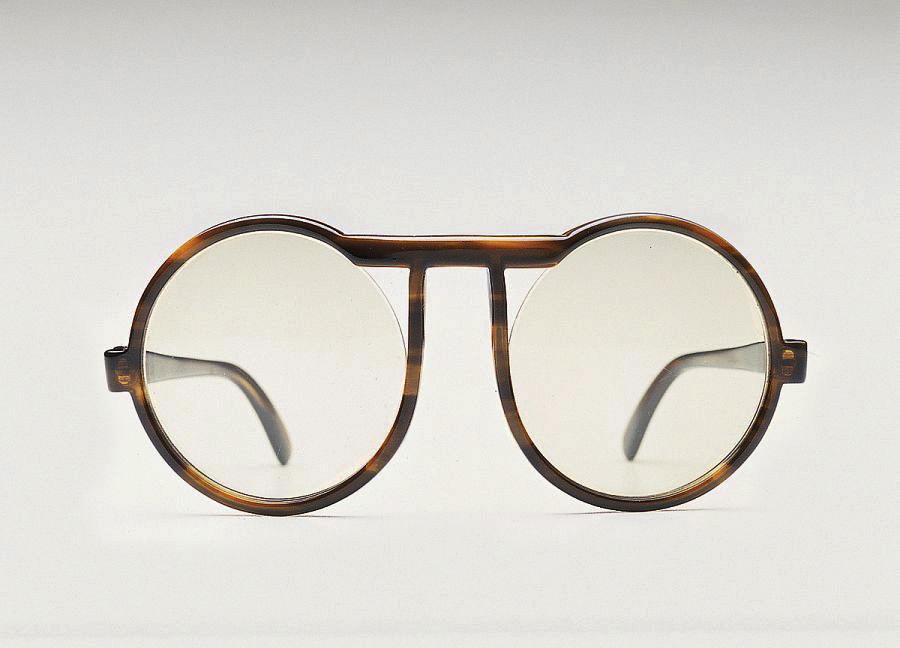
What impact did all of this have on you? On your work?
The ideology of the ZERO group was, as the name suggests, characterised by minimalism. Through my collaboration with the group, I developed my own Zero world. It was a reduction to the basics, living with transparent furniture in empty rooms. The focus is on people while the room has a museum-like feel thanks to the pictures hanging in it. Through luck and coincidence, I was given the task of designing the rooms with complete transparency for the famous photographer Lothar Wolleh in Düsseldorf. And so a new world began for me, the world of reduction, strength and minimalism. That was at the end of the 1960s. Afterwards, this furniture was produced by the Lambert company and distributed with a great response and success.
You studied architecture in Milan. Did you have interesting encounters, coincidences, fateful experiences there, too?
In 1962, a civil engineer arranged a one-year internship for me on a construction project in Sant' Agata, which fascinated me greatly. As a young person, I was naturally passionate about everything to do with the culture of the automobile. By a stroke of luck, I was part of the construction of a small car factory. I got to know the owner, who was Ferruccio Lamborghini. He came from a farming family and had built up a tractor factory after the war. Now he wanted to build a sports car. I was there live when the very first Lamborghini sports car engine was ever started. It was incredible, a dream to experience that.
But that didn't make you want to become a car designer?
It's a world of its own and really brutal. It’s very complicated and time-consuming, you can't do anything else alongside it. Not for me. Nevertheless, chance, providence, fate, call it what you will, brought me together in Munich with the then racing director of the BMW M team, Jochen Neerpasch. He had a problem with the design of the race cars, and together with my friend and style-defining designer Pierre Mendell, we gave this car its own logo. The three well-known stripes in blue, light blue and red are still the trademark of BMW Rennsport today. At a dinner with racing driver Hervé Poulain, the idea was born to bring cars and art together – the BMW Art Car project. It began with Alexander Calder, followed by world-famous artists like Stella, Warhol, Lichtenstein. What luck to have been there.
Mr Silvestrin, thank you very much for the interview.
Translation: Steve Hyde
Further reading
The most important personal accessory is a pair of glasses
In conversation with Benjamin Heirich, Head of Design, who has been designing the eyewear collections for Porsche Design Eyewear with his team for many years.
Say hi to AI
An interview with Klaus Schwab, CEO of the strategy consultancy bemorrow and an expert in digital brand management, strategy development and transformation.
The best thing about AI is its errors
An interview with sound expert, musician and passionate AI user Tom Batoy from the Munich-based sound production company Giesing Team.

